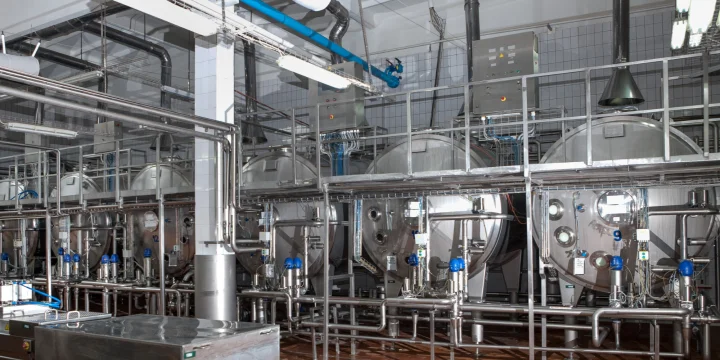
Asset Utilization (OEE) Monitoring
Challenge
In order to raise efficiency and production standards, it is important to be able to analyze the performance of batch processes and identify time spent in each of the different process phases. Increased visibility into unproductive process time (for example during cleaning and maintenance and shift v shift differences in manual re-cleaning events) is necessary in order to enable users to take actions to reduce them. With the ability to increase production opportunities when reducing waiting times, overall profitability can also increase.
Seeq enables asset utilization and OEE monitoring by transforming industrial data into actionable insights with its Advanced Analytics and AI Suite. By connecting to time-series, relational, and asset data sources, Seeq empowers engineers, operators, and executives to track equipment performance, identify bottlenecks, and optimize production in real time. With tools like Workbench, Organizer, Data Lab, and AI Agents, organizations can calculate OEE consistently, monitor asset utilization across sites, and apply predictive analytics to reduce downtime. This unified approach improves reliability, extends equipment life, and drives continuous improvement across the enterprise. Industries such as oil and gas, chemicals, pharmaceuticals, energy, mining, food and beverage, and manufacturing use Seeq to achieve operational excellence, maximize ROI, and accelerate digital transformation.
Solution
Seeq offers users the ability to identify batch phases and sub-phases through process operating data analysis by combining step numbers, flow rates and valve modes. It also provides the ability to calculate metrics for each batch phase and create reports. This data provides operators with a better understanding of each batch phase and a long-term, big-picture view of where improvements can be made to save time and increase efficiency. Seeq can also integrate with historians for notifications and with PowerBI for management reporting.
Benefits
Seeq allows for increased effectiveness in the overall analysis of batch process utilization, as well as improved documentation and cross-organization collaboration. It enables rapid identification of issues that arise during operations and replaces existing spreadsheets which can be complicated, inefficient, and make it difficult to collaborate.
Data Sources
- OSI PI and PI Asset Framework
- Maintenance Management System
Calculations and Capsules
With Seeq, capsules can identify different process phases as well as calculate key metrics for batch phases. Seeq users have access to continual contextualization of process data, which enables them to create accurate process signal statistics for each mode of operation. For example, operators can totalize flow rates only when in Cleaning vs Sterilization or identify max conductivity per cleaning event.
Summarizing Results
Seeq operators are able to more effectively analyze batch process utilization, eliminate existing shared excel documents to better streamline the process and improve both documentation and collaboration processes. The end result enables faster identification of operational problems so that they can be responded to and fixed sooner, reducing their impact to your bottom line.